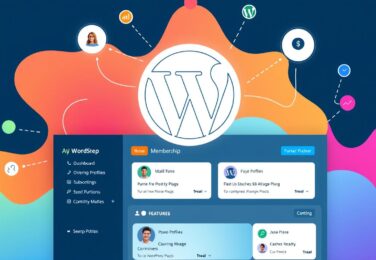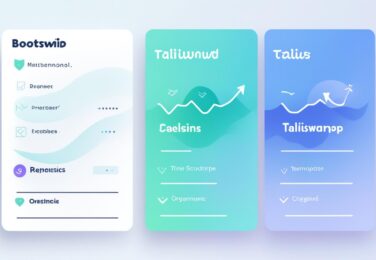What is Web Application
Table of Content
A web application is a software program that runs on a web server and is accessed via a web browser over the internet. It allows users to interact with the application through a web interface, and can include features such as database integration, user accounts, and dynamic content generation. Examples of web applications include online shopping sites, social media platforms, and email services.
How to build a web application
Building a web application typically involves several steps, including:
- Planning and gathering requirements: Determine the purpose and functionality of the web application, and gather any necessary information or resources.
- Design: Create wireframes or mockups of the user interface and layout of the web application.
- Development: Use programming languages such as HTML, CSS, and JavaScript to build the front-end of the web application, and use languages such as Python, Ruby, or Java to build the back-end.
- Database creation: Create and design a database to store and manage the data for the web application.
- Testing and deployment: Test the web application for bugs and compatibility issues, and deploy it to a web server for public access.
- Maintenance: Regularly update, troubleshoot and optimize the application to ensure optimal performance and user experience.
It’s also worth noting that there are web development frameworks that can help to ease the development process, such as Ruby on Rails, Django, and Express.js.
It’s recommended to use a development workflow, by using version control and testing, also using a agile methodology can help to have a clear and effective plan.









